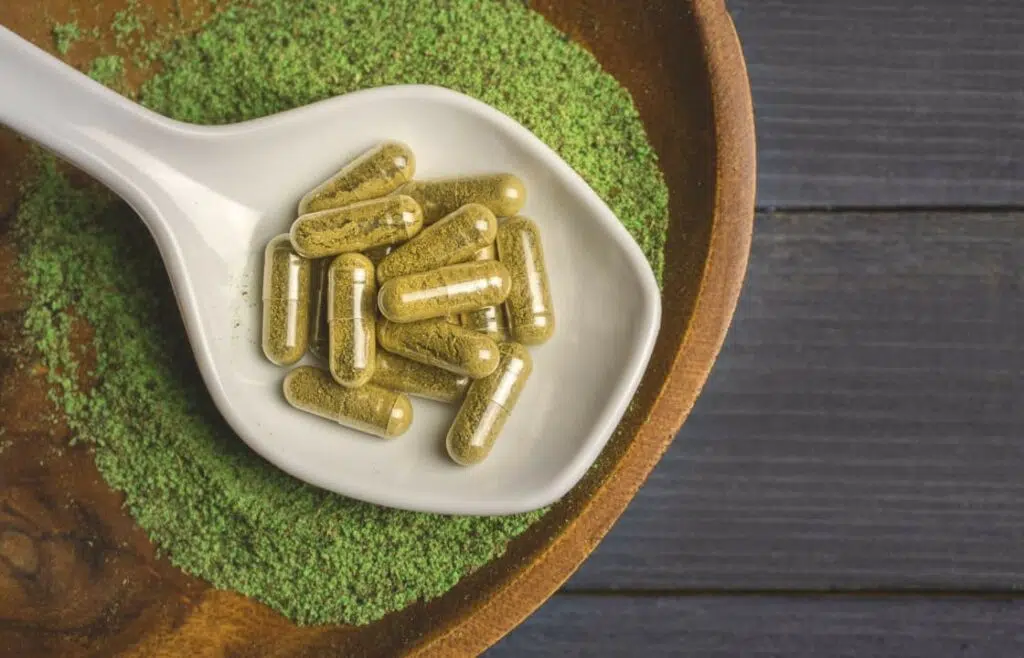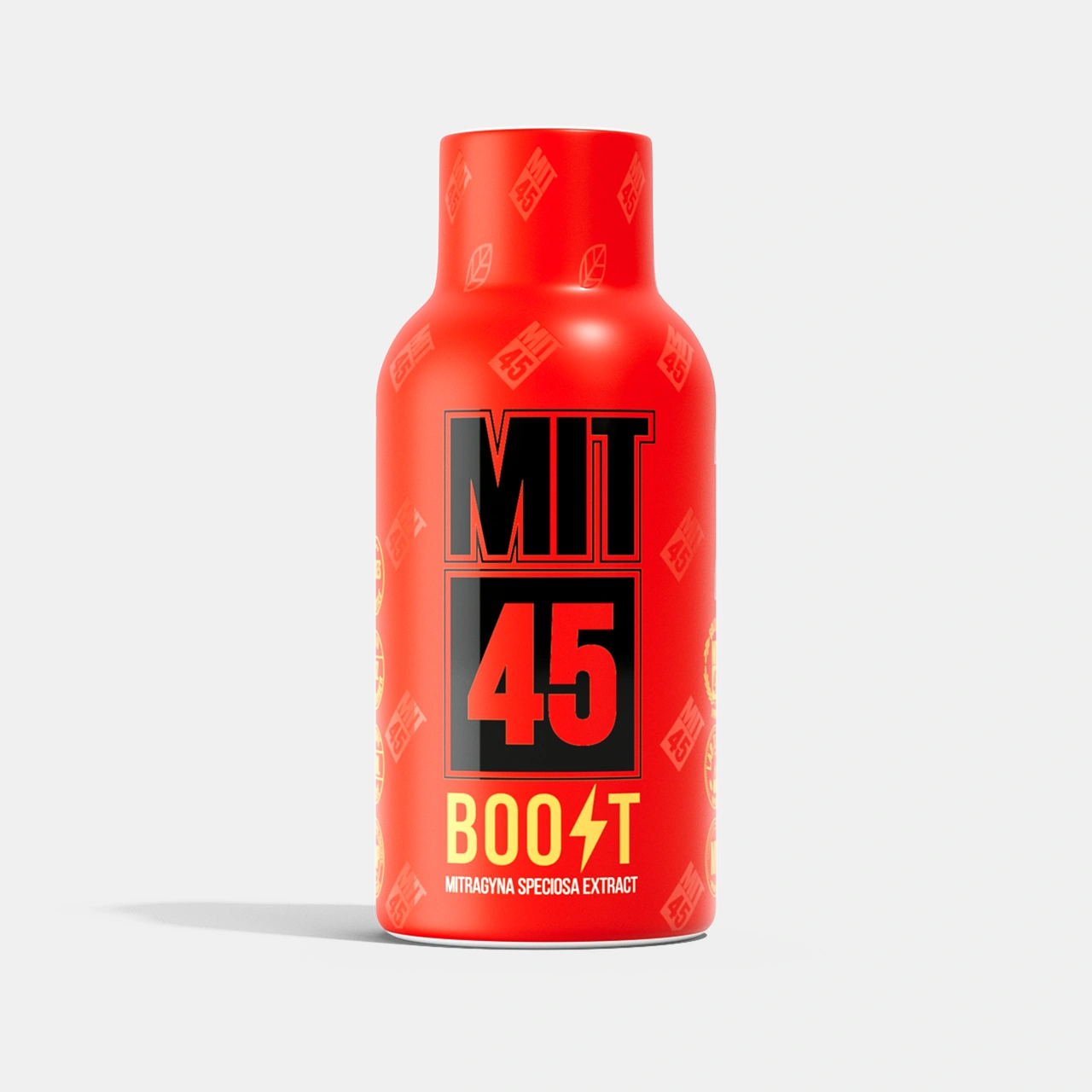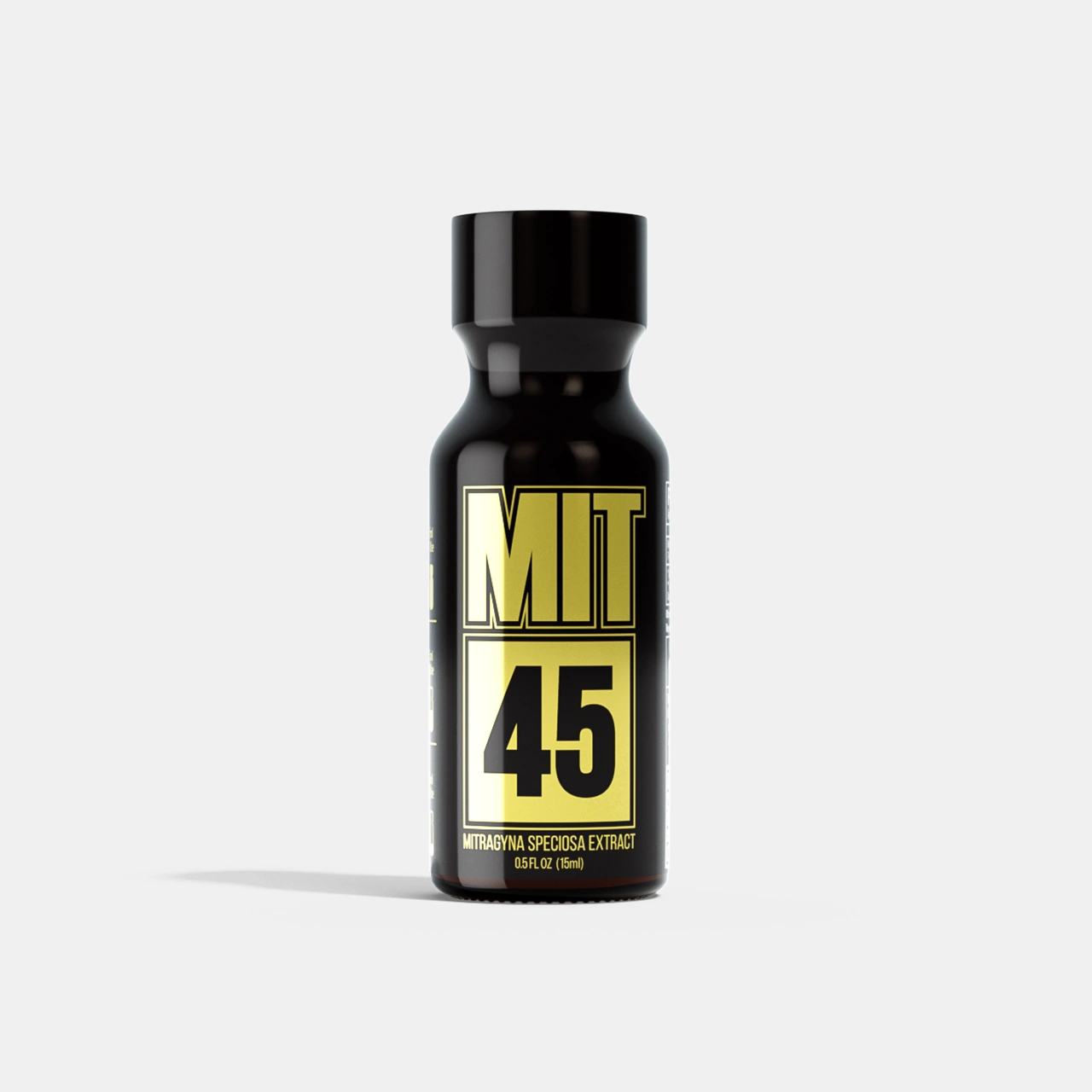If you’re curious about kratom, you’re not alone. The botanical has been used for centuries and embraced by myriad cultures dating back to ancient times. Although some states have bans on kratom use, the holistic health community and availability of online kratom products have helped to grow the visibility and mainstream acceptance of kratom.
Before you decide whether kratom is right for you, and what kratom extracts would best fit your needs, it’s important that you can make an educated decision. By learning about different forms of kratom, its uses, potential effects, and more, you can feel confident in your kratom choices and discover which extracts suit you.
Let’s take a look at the different types of kratom extracts and what each is used for, how its effect might impact you, and other vital information about kratom.
What is kratom extract?
Kratom, also known by its botanical name Mitragyna speciosa, is a tropical tree native to Southeast Asia. Its leaves are used for a variety of beneficial reasons by local cultures and are the main ingredient in kratom extract products found globally.
The term kratom extract refers to a concentrated substance extracted from these kratom leaves. Historically, dried kratom leaves were brewed, chewed, or smoked to produce uplifting or calming effects in kratom users.
Although leaves are still dried before use, kratom products today undergo an extraction process which creates a kratom concentrate. Modern day product manufacturers use kratom concentrate to form extract products such as:
How to choose the best kratom extract for you
Every kratom user has a favorite form of kratom. However, the best kratom extracts for you may not be the best choice for another user. The more you know about each category of kratom extract, the better equipped you are to select the best product for you.
Here’s a breakdown of some of the most popular forms of kratom extracts for new users:
- Gels:
Kratom gels (like MIT45 GO) are known for their on-the-go convenience and delicious assortment of flavors. You can easily carry a gel pouch with you while participating in fitness activities like cycling and running.
MIT45 GO features hints of cinnamon, honey, and orange that make this kratom gel an appealing option for beginners.
- Gummies:
Kratom gummies offer an efficient and tasty way to take kratom extracts. MIT45 BOOST Bites are gummies that may help with your mental focus and offer a light and herbal quick bite of kratom.
- Capsules:
Kratom capsules provide a consistent experience as you receive the same serving size with each capsule. MIT45 Black Label kratom capsules are a great option for a synergy of botanical goodness and premium kratom extract.
- Liquid shots:
Liquid kratom extract is often a popular choice for beginners, but it’s important that you read the label of any liquid product you purchase to follow the suggested serving size (often smaller than the entire bottle).
You can increase or decrease your serving size based on your experience with liquid kratom extracts like MIT45 BOOST (which also includes plant-based caffeine).
Common uses of kratom extract
According to the National Institutes of Health (NIH), kratom was traditionally used in Southeast Asia to help combat fatigue and increase work productivity. However, kratom products have not been approved for medical use by the Food and Drug Administration (FDA).
Many Southeast Asian cultures also used kratom in spiritual ceremonies as a way to experience transcendence. Today, kratom may be taken for a variety of reasons, but has become increasingly popular for its potential as an energy and mood enhancer, and conversely, for its potential calming or soothing effects.
Kratom extract also contains the alkaloid, mitragynine, which interacts with the body’s opioid receptors. Although ongoing and extensive medical research and clinical studies are exploring credible uses and possible effects of kratom extracts, it’s clear from user reports that the botanical has many potential benefits.
Some of the benefits regular kratom users might experience include:
- Calming effects
- Increased energy
- Increased endurance
- Reduced fatigue
- Mental clarity and focus
- Mood enhancement
- Soothing effects
Potential, unwanted kratom effects
Everyone’s body reacts differently to different substances. Thus, it’s important to follow the label directions on kratom products, and ensure that you’re purchasing from a credible kratom brand.
If you abuse kratom, purchase kratom extract from a sketchy source, or take more than the suggested serving size, you’re more apt to feel the impact of kratom’s unwanted effects. However, even when closely following directions, you may experience some potential effects after taking kratom extract.
It’s important that you listen to your body, and you may want to consult a medical professional before choosing to incorporate kratom use into your daily routine.
Some of the potential effects of kratom use may include:
- Complexion issues
- Dry mouth
- High blood pressure
- Insomnia
- Itching
- Kidney problems
- Liver problems
- Mood swings
- Nausea
- Reduced appetite
- Sweat
- Weight fluctuation
How to reduce the risk of kratom effects
You can reduce your risk of experiencing undesirable effects by researching kratom extract products before you make your purchase. Kratom extracts are marketed by many different manufacturers—some are credible and verified brands, and others are pop-up brands that may include many impurities and additives in their products.
You can also reduce the risk of effects from kratom extracts by looking for products that feature:
- AKA GMP Qualified Kratom Vendors:
In 2014, the American Kratom Association (AKA) was established to foster kratom education, raise awareness about kratom use, protect natural resources, and strengthen the rights of kratom users.
You can find a list of trustworthy vendors who adhere to the highest industry standards on the AKA website. The GMP list of Qualified Kratom Vendors includes MIT45 and our sister company, Golden Monk.
The brands included on the Qualified Kratom Vendors list have an established track record of excellent and ethical manufacturing processes that meet or surpass industry standards.
- Certificate of analysis:
If a kratom extract product has a certificate of analysis, it will be visible somewhere on the product’s packaging. The presence of the certificate of analysis seal means the kratom extract has undergone rigorous testing to ensure its safety and purity.
You can search for the certificate of analysis on MIT45 products by entering the product lot number found on the product’s packaging.
- Purity and strength:
Kratom extracts from trusted brands rarely contain additives—and if they do, they’re carefully tested to ensure the final product meets purity and strength standards.
Testing is a crucial component in maintaining purity and strength. For example, every MIT45 kratom extract product goes through a thorough testing process known as the Triple Purification Process.
- Third-party testing:
Independent labs are a vital asset for credible kratom extract brands. Third-party testing at outside labs ensures the quality and safety of kratom products and verifies that a kratom extract is free of harmful substances like heavy metals and bacteria.
Connect with MIT45
When you understand the uses of, potential benefits and effects of, and ways to research kratom extracts, you’re better equipped to make a knowledgeable purchase.
You can select from the different types of kratom products to find the extract that best suits your needs.
Connect with MIT45 to shop for kratom products, and be sure to check out our kratom FAQs and our blog for further kratom education, information, insights, and tips.
You can also save on MIT45 products by taking advantage of our discount, loyalty, and subscription programs.
For further reading
Cinosi E, et al. Following “the Roots” of Kratom (Mitraguna speciosa): The Evolution of an Enhancer from a Traditional Use to Increase Work and Productivity in Southeast Asia to Recreational Psychoactive Drug in Western Countries. Biomed Res Int. 2015;2015:968786. Published November 2015.
Karunakaran T, et al. The Chemical and Pharmacological Properties of Mitragynine and Its Diastereomers: An Insight Review. Front Pharmacol. 2022;13:805986. Published February 2022.







